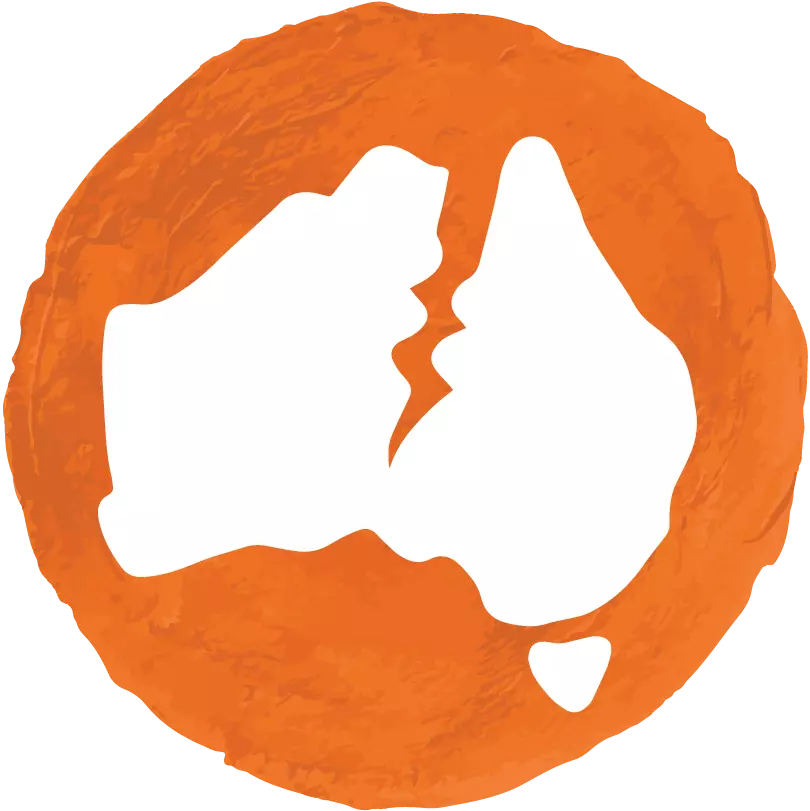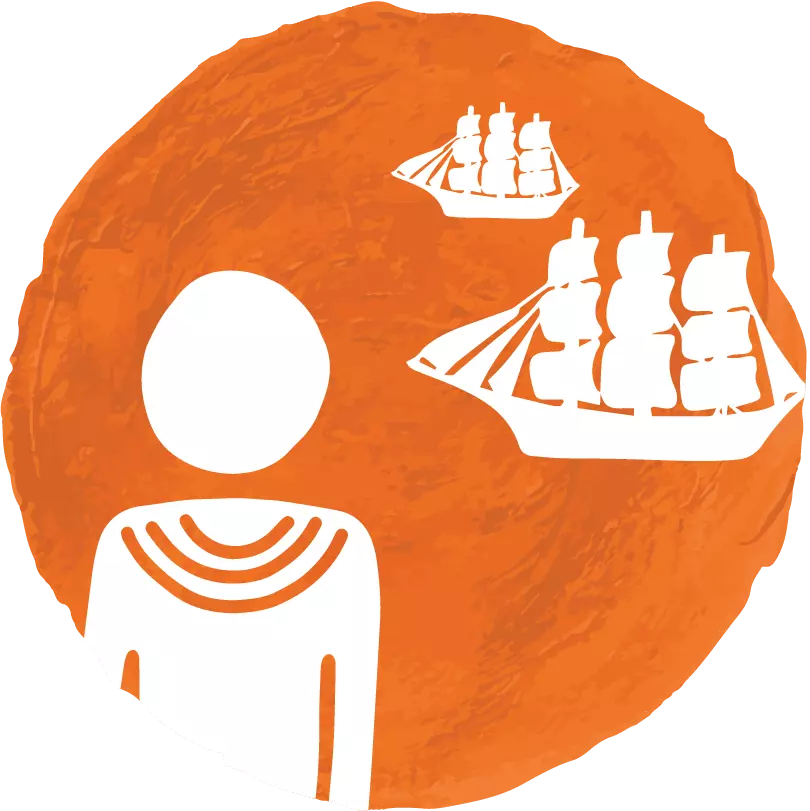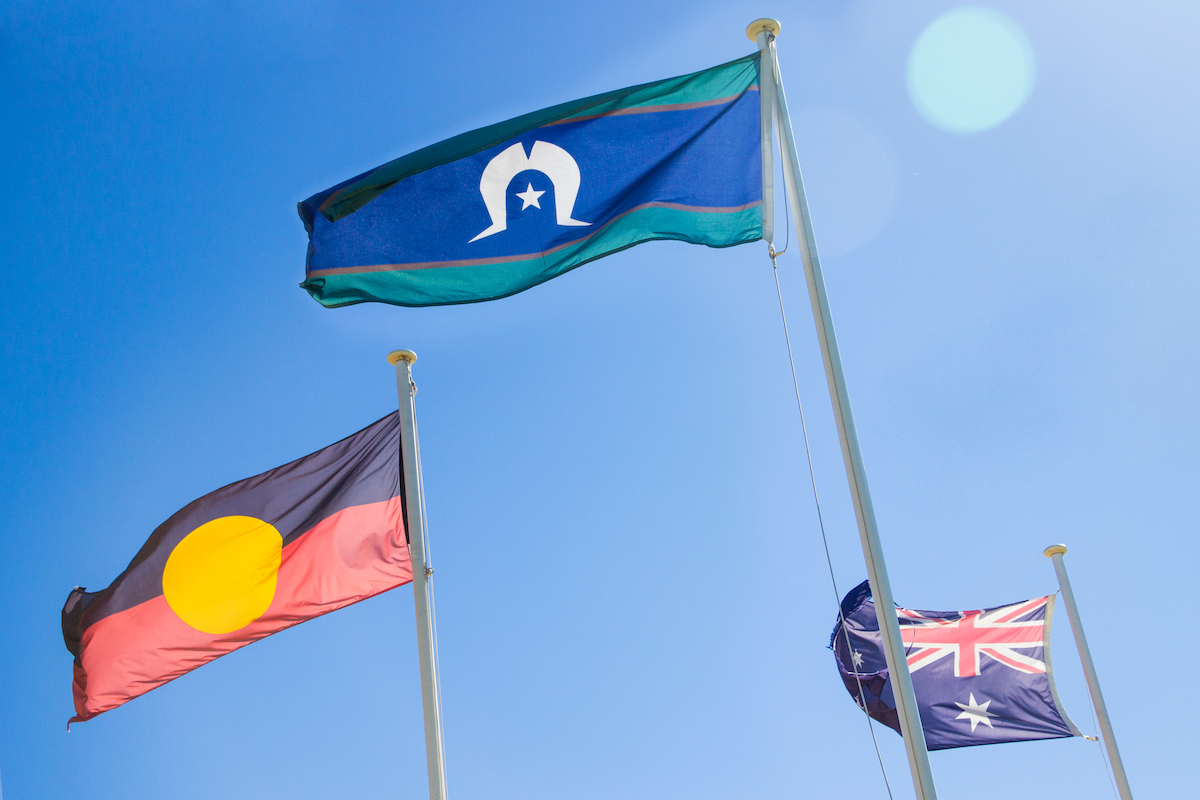
How can theatre be used to challenge perspectives of an ‘Australian identity’ and the notion of ‘belonging’, and create positive change in this nation?
Warning — First Nations teachers and students are advised that this curriculum resource may contain images, voices or names of deceased people.
Unit details
Y9–Y10 DramaAboriginal and Torres Strait Islander Histories and Cultures cross-curriculum priority.
Unit overview
In this unit, students gain a practical understanding of:
- how the concepts of identity and belonging are multifaceted and complex
- why First Nations Peoples place such significance on places, values, customs and languages
- why symbolism is critically important in relation to culture, community and connection and how theatre forms, such as Image Theatre, can powerfully illuminate universal themes
- how drama and theatre are a powerful way to explore how First Nations cultures are simultaneously ancient, contemporary, complex and constantly evolving
- how various types of stimulus, such as poetry, songs and tableaux, can be used as a catalyst to create performances that challenge and proactively address various forms of oppression.
Students will create short pieces of theatre, having undertaken a series of activities and workshops framed by Augusto Boal’s Image Theatre (i.e., tableaux) and Theatre of the Oppressed concepts. They’ll explore how Boal’s distinct theatre forms use techniques and devices, such as tableaux, symbols, improvisation and direct audience involvement, to empower students to create theatre that challenges and celebrates multiple perspectives and the concept of an ‘Australian identity’.
Register for access
Its free and will only take a minute! Register hereAlready registered? Login

 The Wound
The Wound
 Our History
Our History
 Why Me?
Why Me?
 Our Cultures
Our Cultures
 My Response
My Response



